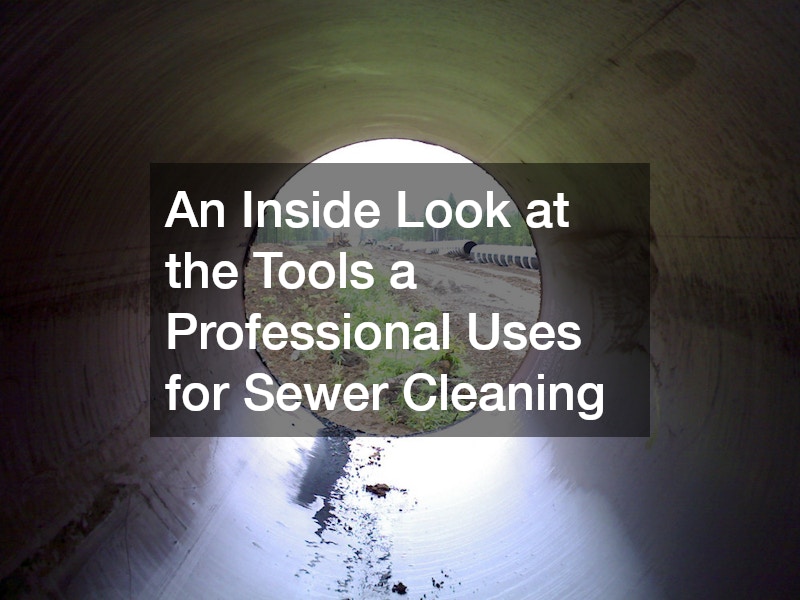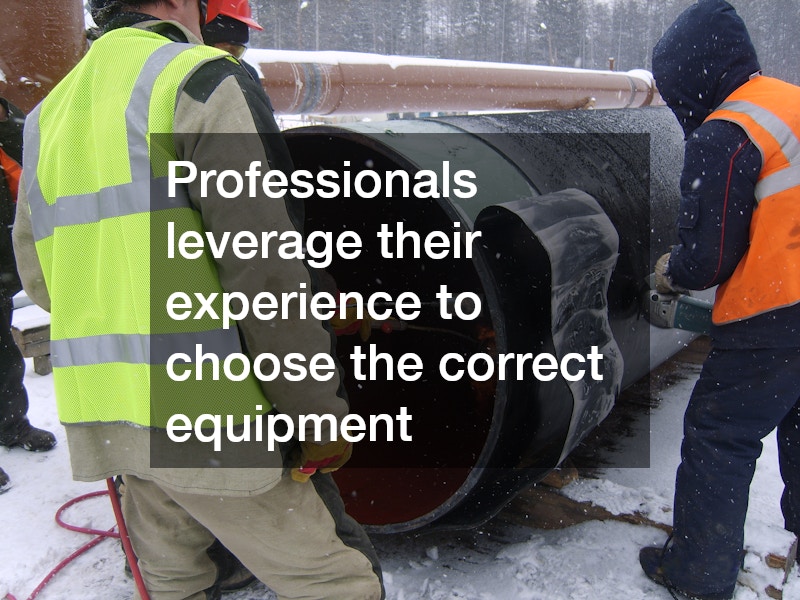
An Inside Look at the Tools a Professional Uses for Sewer Cleaning
There are a few essential tools that professionals need for efficient sewer cleaning. Explore common questions about these tools, their functions, and their significance in maintaining a well-functioning sewer system.
The Essential Tools
When it comes to sewer cleaning, professionals rely on a variety of essential tools to address different types of clogs and blockages. The basic tools required often include drain snakes, hydro-jetters, and other specialized equipment.
Each tool serves a specific purpose and is designed to tackle particular problems within the sewer system.
Drain snakes, for instance, are flexible rods equipped with a coiled end that can navigate through pipes to break up clogs. Hydro-jetters utilize high-pressure water streams to clear build-up and obstructions, ensuring thorough cleaning. Other essential tools might include pipe cameras for inspection, allowing professionals to assess the condition of the pipes before beginning any cleaning procedure.
These tools not only enhance the efficiency of sewer cleaning operations but also help avoid potential damage to pipes. Proper understanding and use of these tools are crucial in maintaining the integrity of a sewer system, ultimately contributing to improved sanitation and reduced risks of overflows or backups.
The Hydro-Jetter
A hydro-jetter is a powerful tool that employs high-pressure water to clean clogged drains and sewer lines. The mechanism consists of a nozzle attached to a hose that connects to a water supply, creating a powerful jet of water that can dislodge even the toughest clogs. Hydro-jetting is particularly effective for heavy grease, roots, and mineral build-up that traditional methods may not successfully remove.
The high-pressure water streams can reach different angles within the pipes, ensuring a thorough clean throughout the entire system. This method not only removes blockages but also prevents future back-ups by flushing away the debris. Hydro-jetting can also help in clearing out accumulated sludge in larger pipes, extending their longevity and functionality.
Another advantage of using a hydro-jetter is its environmentally friendly approach to sewer cleaning. Since it primarily uses water, it reduces the need for harsh chemicals, making it safer for both the environment and the plumbing infrastructure. The effectiveness and efficiency of hydro-jetting make it an essential tool in any professional sewer cleaning toolkit.
The Drain Snake
A drain snake, also known as a plumber’s snake, is a flexible tool designed to navigate through plumbing pipes to eliminate clogs. It comes in various lengths and types, including manual and motorized versions, making it versatile for different types of blockages. The coiled end of the snake can either break apart the obstruction or retrieve it back towards the opening.
Drain snakes are typically used when a clog is located further down the line, beyond the reach of traditional plungers or other tools. They are particularly effective for hair clogs, grease build-ups, and small root incursions. Professionals often assess the type of blockage first before determining whether a drain snake is the appropriate choice for the job.
Using a drain snake requires technique and understanding of the plumbing system. Professionals must be careful to avoid damaging pipes while navigating through them. When performed correctly, a drain snake can provide quick and effective results, making it a go-to tool in a professional plumber’s arsenal for sewer cleaning.
The Professional Assessment
Professional plumbers and sewer maintenance experts assess various factors before determining which tools to employ for a sewer cleaning job. The type of blockage is a primary consideration; whether it’s caused by grease, roots, or foreign objects can significantly influence the choice of tool. Each scenario may require a different approach to ensure effective cleaning without damaging the pipes.
The material of the pipes also plays a crucial role in tool selection. For instance, older pipes may be more susceptible to damage from high-pressure jetting, necessitating a more gentle approach with a drain snake. Furthermore, the diameter and length of the pipes may dictate the feasibility of specific tools. Professionals leverage their experience to choose the correct equipment tailored to the job at hand.
In addition to the physical characteristics of the pipes and blockages, professionals consider the surrounding environment and any safety protocols that need to be followed. This comprehensive assessment allows plumbers to optimize their use of tools and techniques, ultimately leading to a more efficient and effective sewer cleaning process.
The Safety Equipment
Safety is paramount in sewer cleaning operations, and professionals are equipped with the necessary safety gear to protect themselves from potential hazards. Essential safety equipment includes gloves, goggles, and protective clothing, which serve to minimize exposure to hazardous materials and chemicals often found in sewage systems. This personal protective equipment (PPE) is vital for maintaining health and safety on the job.
Additionally, professionals often use respiratory masks when dealing with particularly hazardous environments or when using chemicals. Proper ventilation may also be necessary to ensure that no harmful gases accumulate during active sewer cleaning. By prioritizing safety and utilizing the correct equipment, professionals can effectively mitigate risks associated with sewer cleaning.
It’s important for plumbing professionals to undergo regular training in safety procedures. Understanding how to properly wear and maintain safety gear, as well as being aware of potential pitfalls in sewer cleaning, will greatly reduce workplace incidents. This commitment to safety not only protects the workers but also contributes to more reliable and effective sewer maintenance services for the community.
Understanding the tools used by professionals in sewer cleaning can enhance awareness of the processes involved and the importance of proper equipment. Equipped with this knowledge, homeowners can make better-informed decisions regarding sewer maintenance and when to call in the experts. Employing the right tools and following safety protocols can help ensure effective and safe sewer cleaning, benefiting both residential properties and public health.


